Felices Pascua, para todos los que aman la felicidad, y como a mí me encanta andar como las abejitas, les cuento que fui recibida por unas hermosas flores de maracuyá gigante o badea como se les conoce en mi país y cuyo nombre científico es Passiflora quadrangularis L.
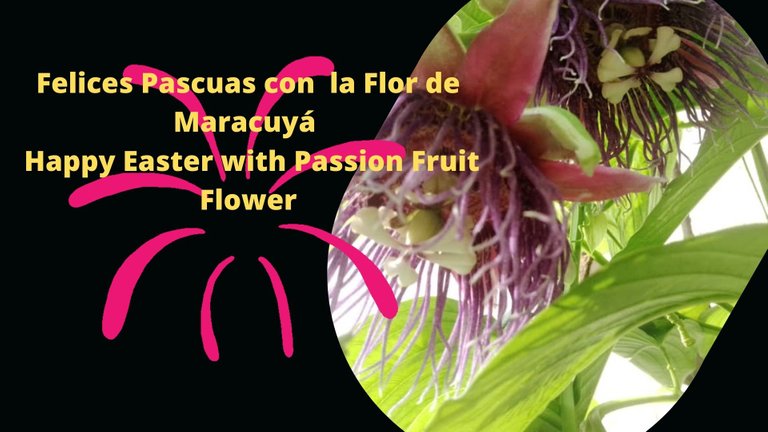
Happy Easter, to all those who love happiness, and as I love to walk like the little bees, I tell you that I was greeted by some beautiful flowers of giant passion fruit or badea as they are known in my country and whose scientific name is Passiflora quadrangularis L.
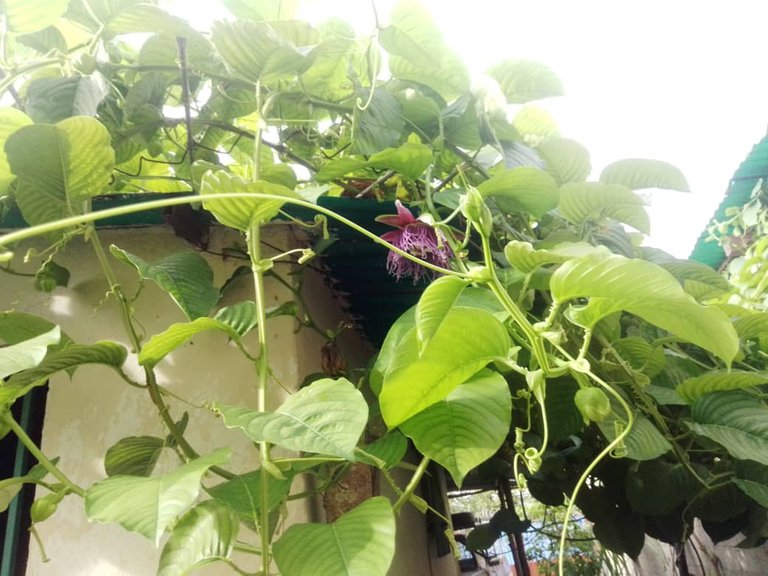
Esta planta se encuentra en la etapa de floración, es una flor hermosa y algunas personas suelen usarlas en medicina tradicional en infusiones que sirven como sedante, ante el estrés o algunos problemas neurológicos, siempre bajo la recomendación de un especialista de la salud, y no aplicar en menores de 12 años.
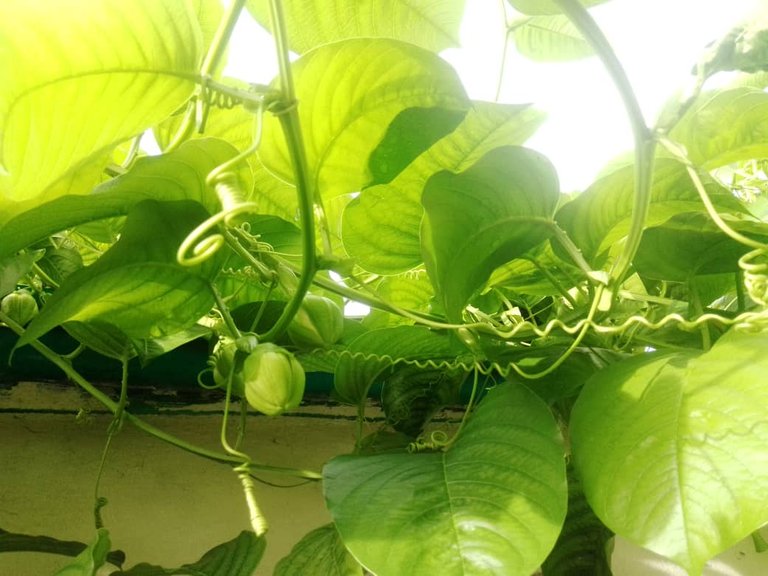
This plant is in the flowering stage, it is a beautiful flower and some people use it in traditional medicine in infusions that serve as a sedative, for stress or some neurological problems, always under the recommendation of a health specialist, and do not apply in children under 12 years.
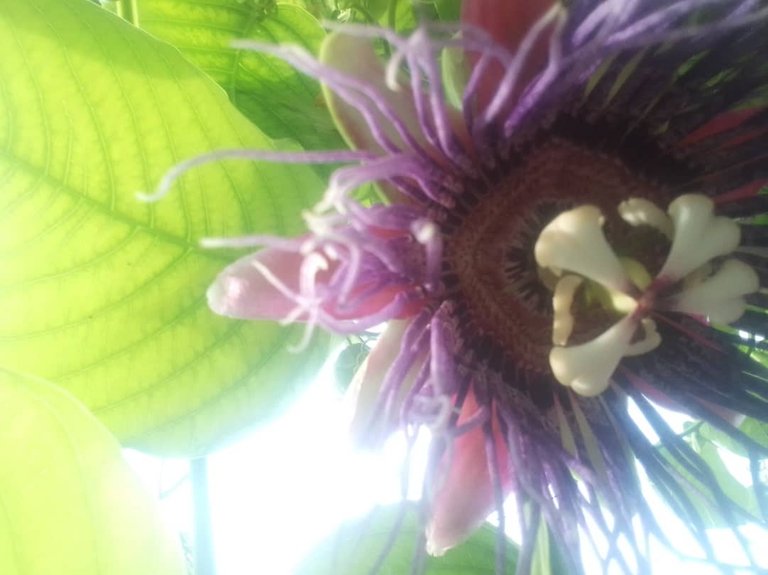
Siguiendo con la belleza y el encanto de esta flor apasionante, me lleve una pequeña sorpresa y es que la llaman la flor de la pasión y no es por ser afrodisíaca específicamente, sino porque antiguamente en la época de la colonia, los misioneros la utilizaban para explicar cómo fue la pasión de Cristo en el calvario. Según Sehwentesius y Gómez (1997), dicha representación hace referencia a los tres estigmas que simbolizan los tres clavos en la cruz, los estambres las cinco heridas y los filamentos la corona de espinas, mientras que los cinco sépalos y los cinco pétalos hacen referencia los 10 apóstoles presentes en el martirio y los zarcillos axilares las cuerdas de los azotes.
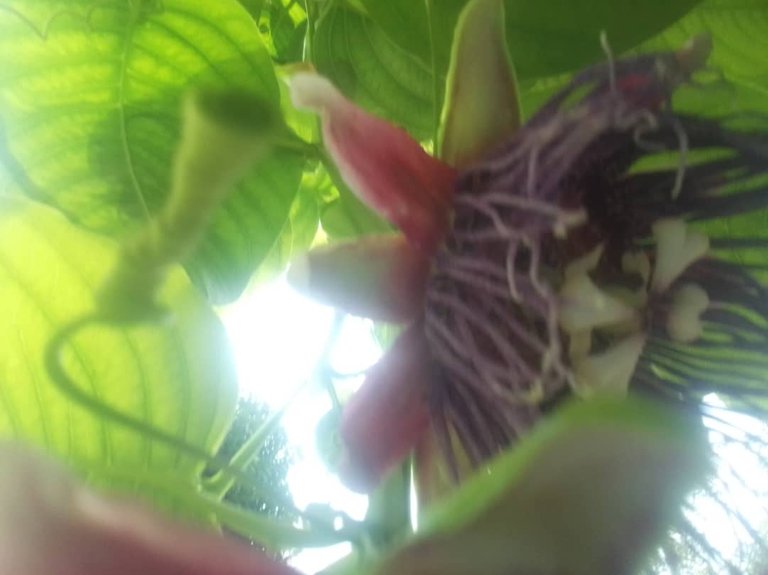
Continuing with the beauty and charm of this passionate flower, I got a little surprise and that is that they call it the passion flower and it is not because it is an aphrodisiac specifically, but because in ancient times in colonial times, the missionaries used it to explain how was the passion of Christ on Calvary. According to Sehwentesius and Gomez (1997), this representation refers to the three stigmas that symbolize the three nails on the cross, the stamens the five wounds and the filaments the crown of thorns, while the five sepals and the five petals refer to the 10 apostles present in the martyrdom and the axillary tendrils the ropes of the scourging.
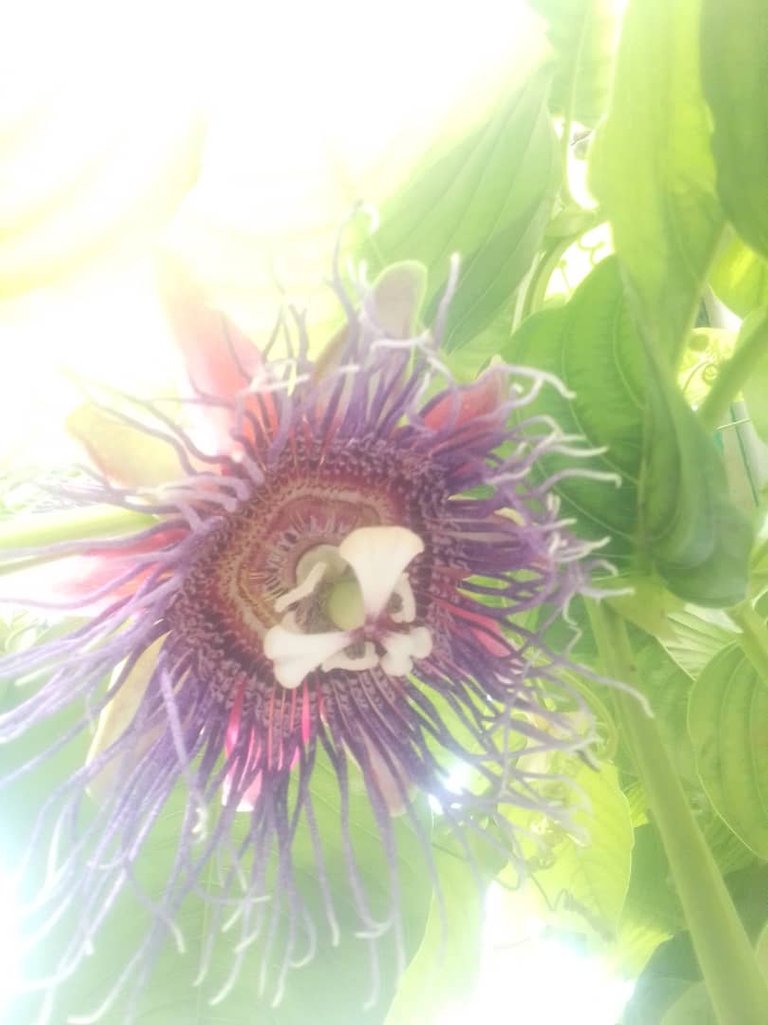
Sin duda es una flor mágica y llena de misterio, quizás utilizada como símbolo para entender un poco lo que es la Semana Santa, de una manera más natural despertando el templo interno que llevamos por dentro, mas allá de las religiones y sabiendo que la bondad y la calidez siempre deben estar presentes, sin olvidarnos de nuestra propia esencia y la esencia del ser humano para ser cada días mejores personas como nuestro rey Jesús que nos dio ejemplos de amor al prójimo, y de la misma manera manifestar ese amor por nuestra madre tierra, teniendo presente el cuidado y la preservación de la biodiversidad.
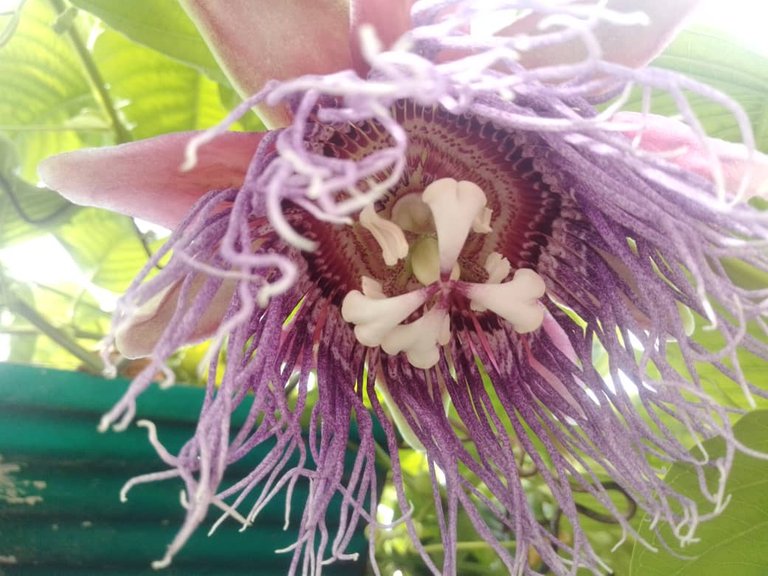
It is undoubtedly a magical flower full of mystery, perhaps used as a symbol to understand a little of what Easter is, in a more natural way awakening the inner temple that we carry inside, beyond religions and knowing that kindness and warmth must always be present, without forgetting our own essence and the essence of the human being to be better people every day as our King Jesus who gave us examples of love for our neighbors, and in the same way manifest that love for our mother earth, bearing in mind the care and preservation of biodiversity.

